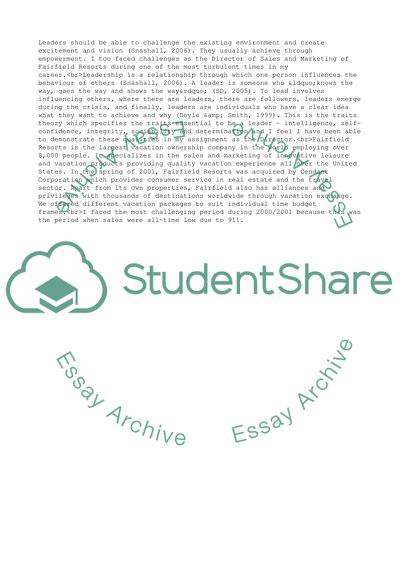Cite this document
(Leadership within an Organization Essay Example | Topics and Well Written Essays - 2500 words, n.d.)
Leadership within an Organization Essay Example | Topics and Well Written Essays - 2500 words. Retrieved from https://studentshare.org/management/1725986-leadership-within-an-organization
Leadership within an Organization Essay Example | Topics and Well Written Essays - 2500 words. Retrieved from https://studentshare.org/management/1725986-leadership-within-an-organization
(Leadership Within an Organization Essay Example | Topics and Well Written Essays - 2500 Words)
Leadership Within an Organization Essay Example | Topics and Well Written Essays - 2500 Words. https://studentshare.org/management/1725986-leadership-within-an-organization.
Leadership Within an Organization Essay Example | Topics and Well Written Essays - 2500 Words. https://studentshare.org/management/1725986-leadership-within-an-organization.
“Leadership Within an Organization Essay Example | Topics and Well Written Essays - 2500 Words”, n.d. https://studentshare.org/management/1725986-leadership-within-an-organization.


